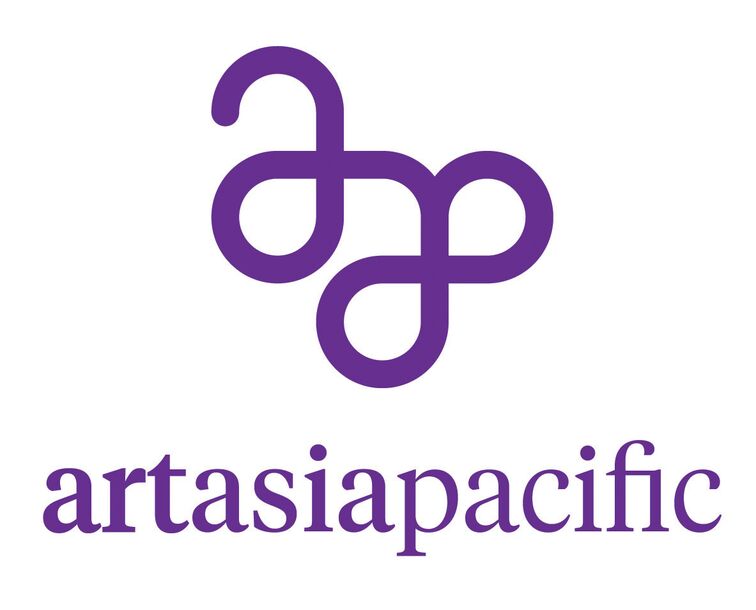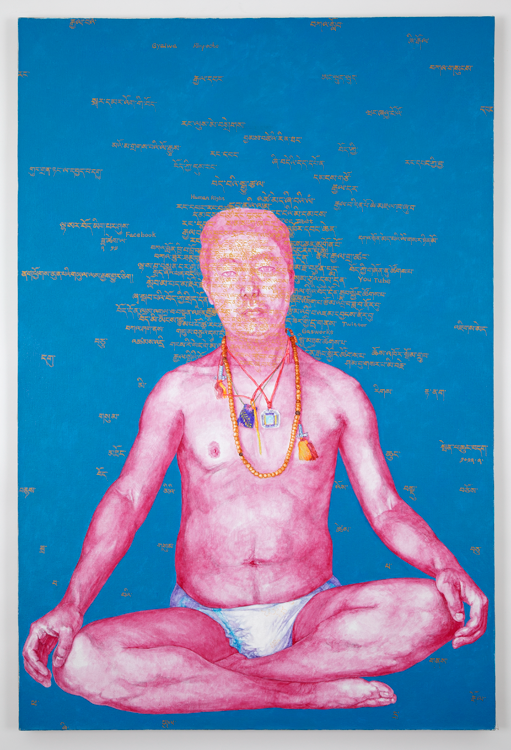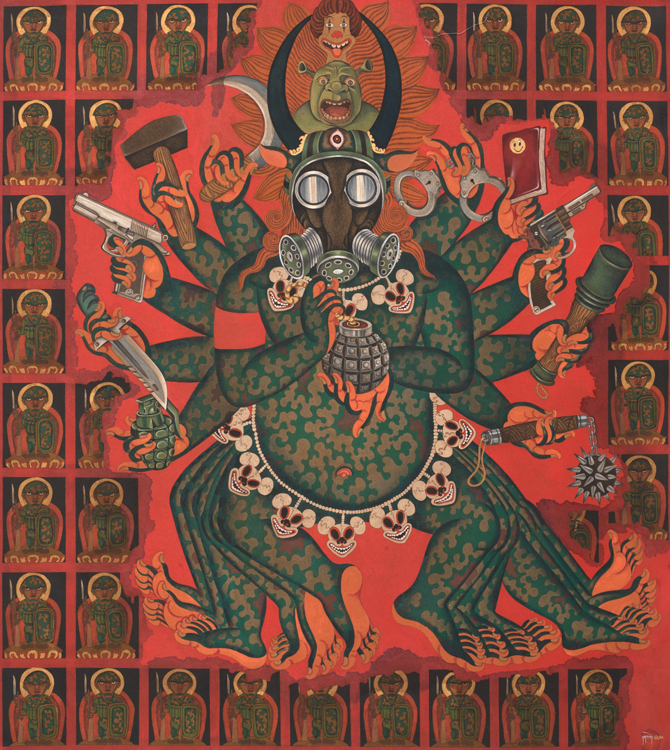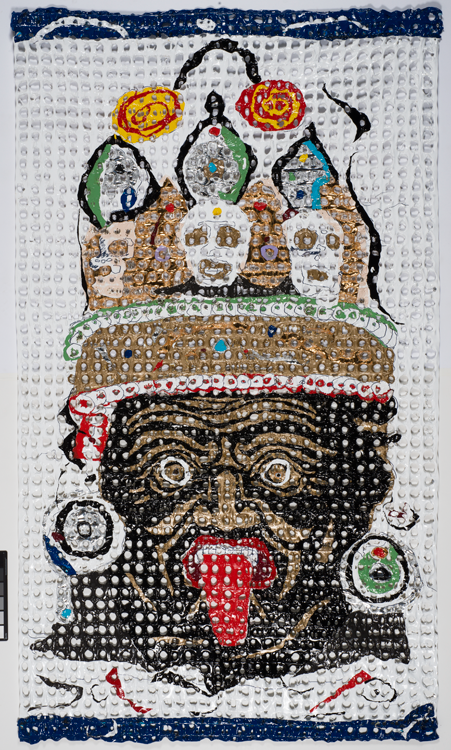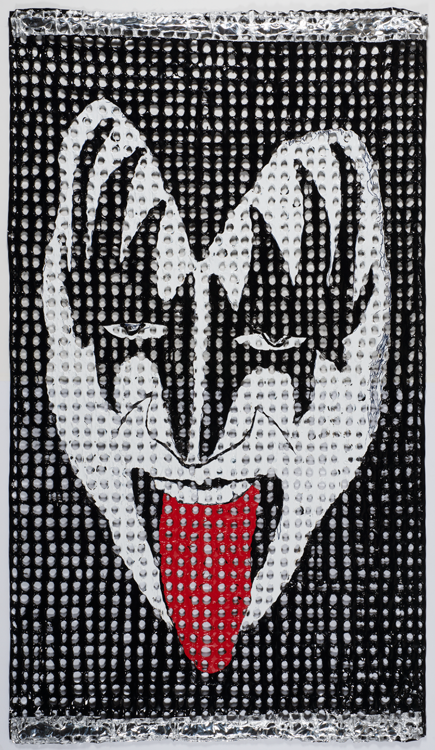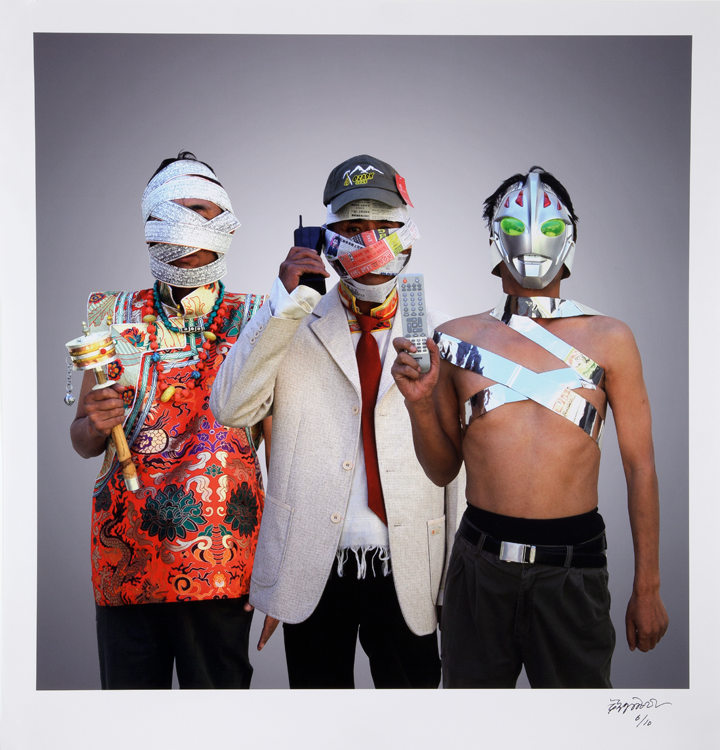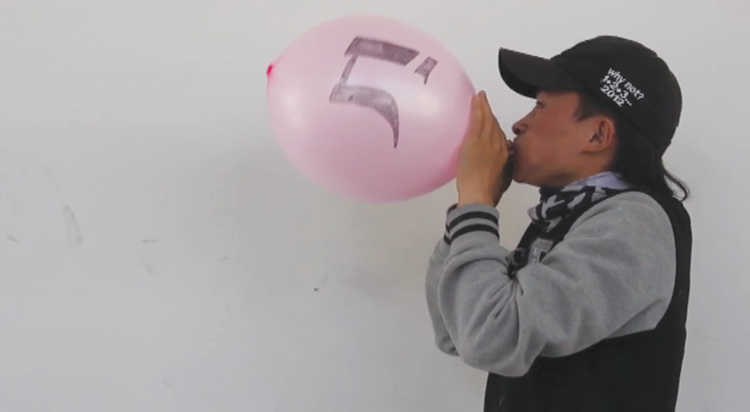Exhibitions - Anonymous: Contemporary Tibetan Art
Anonymous
Anonymous: Contemporary Tibetan Art
09.21.14 – 01.04.15
Rabkar Wangchuk, Spiritual Mind and Modern Technology,2013, Acrylic on canvas, 78” X 48”
Guest curated by Rachel Perera Weingeist
Anonymous is an exploration of changing attitudes towards self-expression, attribution, and identity in contemporary Tibetan art. Traditional Tibetan culture placed little emphasis on individuality or artistic self-expression. Art adhered to a formal system of production to support the transmission of Tibetan religious culture and was, by and large, created by unattributed artists who remained anonymous. However, in the global contemporary market, the creativity of the individual has become the primary basis by which we produce, interpret and consume art. Innovation and novelty are often valued more highly than technique and tradition. Attribution, the artist’s name, has become a fundamental aspect of the work. Art is becoming a vital medium of self-expression for Tibetans. Artists are increasingly focused on the experience of the individual and a cautious 21st-century visual language steeped in irony, metaphor and allusion has fully emerged.
The work presented in Anonymous is largely drawn from the Shelley and Donald Rubin Private Collection, much of it made expressly for this presentation. Rather than proposing a defined set of answers, the exhibition provides opportunities for curatorial, artistic, and audience discovery. In a range of mediums and individual styles, the artists explore themes of identity and self-expression. Displayed without attribution, the videos approach these themes from an alternative vantage point” embracing anonymity as an opportunity for open exploration and the presentation of oft-censored imagery. Experienced collectively, the range of work across media considers the varied roles of self-expression and identity in contemporary Tibetan culture.
The inclusion of work from artists from around the globe ”Dharamsala, Kathmandu, Lhasa, New York City, Oakland, Thimphu, Zurich and the Australian Outback” provides for a range of perspectives. Firmly established as well as emerging artists are featured, including Ang Sang, Benchung, Dedron, Gade, Jhamsang, Karma Phuntsok, Kesang Lamdark, Losang Gyatso, Marie-Dolma Chophel, Nortse, Palden Weinreb, Penba Wangdu, Phurba Namgay, Rabkar Wangchuk, Sherab Gyaltsen, Sodhon, Tanor, Tenzing Rigdol, Tsering Nyandak, Tsewang Tashi, Tsherin Sherpa, Tulku Jamyang, and anonymous contributors.
The Anonymous catalog was co-published by Art Asia Pacific, in collaboration with SUNY Press and the Fleming Museum of Art.
In the Tibetan Buddhist and Bön traditions, a kora is a type of pilgrimage made through repeatedly walking and meditating around a sacred site or temple, the word itself meaning circumambulation or revolution. As a counterpoint to Anonymous: Contemporary Art in Tibet, the artists featured in Kora: A Meditation on Pilgrimage examine pilgrimage in its broadest possible context, with many creating site specific works for the Panorama’s unique environment. Footprints of an imaginary devotee encircle the entire space, connecting works that explore different ideas of veneration. Each artist occupies a wall, suggestive of stages on the journey. The architecture of the Panorama and its ramp structure, make it impossible to complete a conventional circumambulation. It is a discontinuous or uncompleted kora surrounding the three-dimensional depiction of the city of New York.
Discover Images of the Exhibition
Supporters
The Anonymous catalog was co-published by Art Asia Pacific, in collaboration with SUNY Press and the Fleming Museum of Art.
Visit the companion exhibition Kora: Meditations on Pilgrimage
